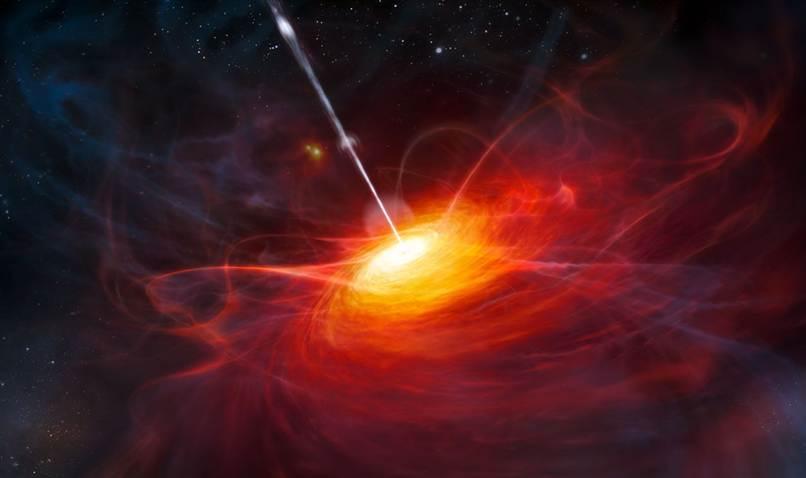A video from Tech Insider shows the massive scale of the universe in which we reside. The animation zooms out and shows the scale of what we know.
“Carl Sagan told us that there are more stars in the universe than there are grains of sand on all of the Earth’s beaches. At the same time, there are more H2O molecules in just 10 drops of water than there are stars,” it says. “Ranging from the unimaginably small to the unimaginably big, the scale of the universe is mind-boggling. Watch to try to wrap your head around it.”
But that’s not the only video that tries to show the scale of the universe:
In 2013, scientists discovered the largest “structure” in the universe, and they say it shouldn’t theoretically exist.
The structure is the large quasar group, or LQG, is a series of luminous gigantic nuclei with supermassive black holes in the center.
The LQG is 4 billion light-years from end-to-end.
“While it is difficult to fathom the scale of this LQG, we can say quite definitely it is the largest structure ever seen in the entire universe,” author Roger Clowes, of the University of Central Lancashire in England, said in a statement obtained by NBC News. “This is hugely exciting, not least because it runs counter to our current understanding of the scale of the universe.”






